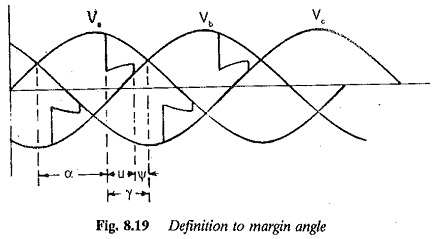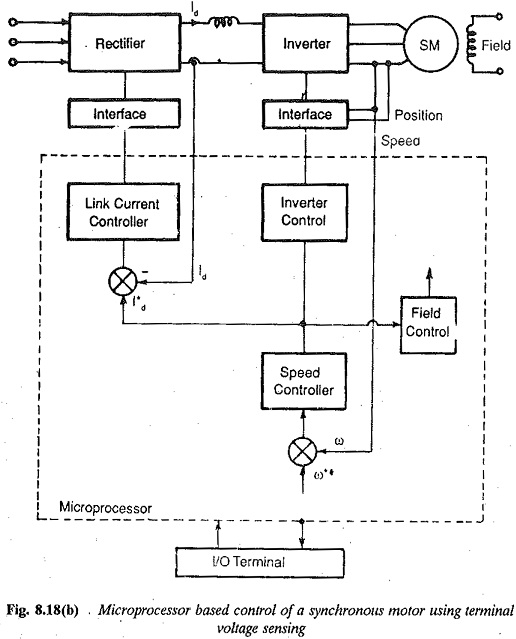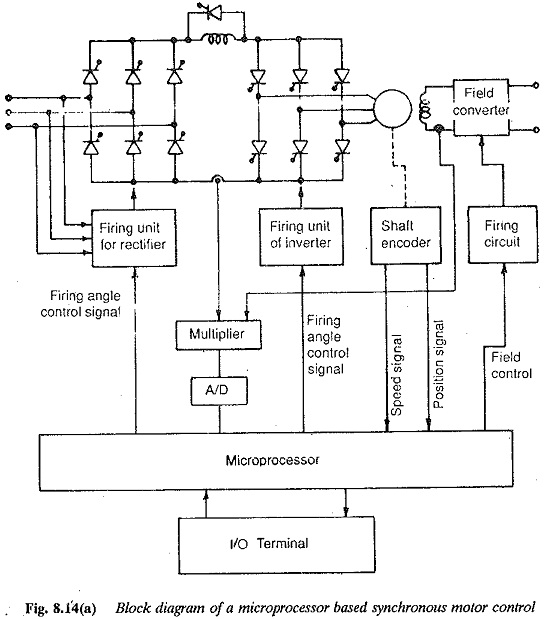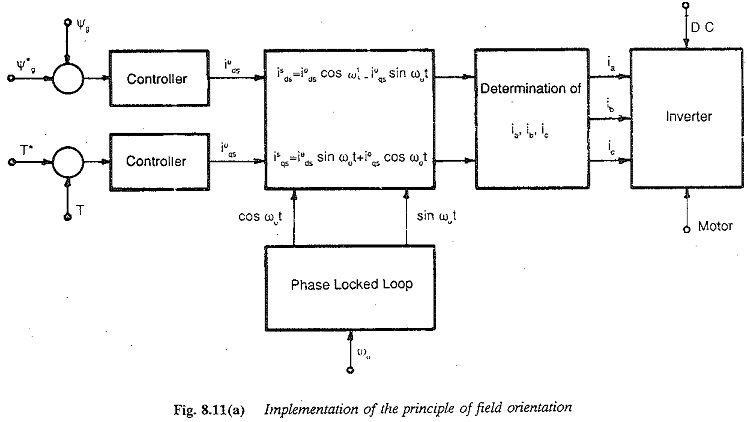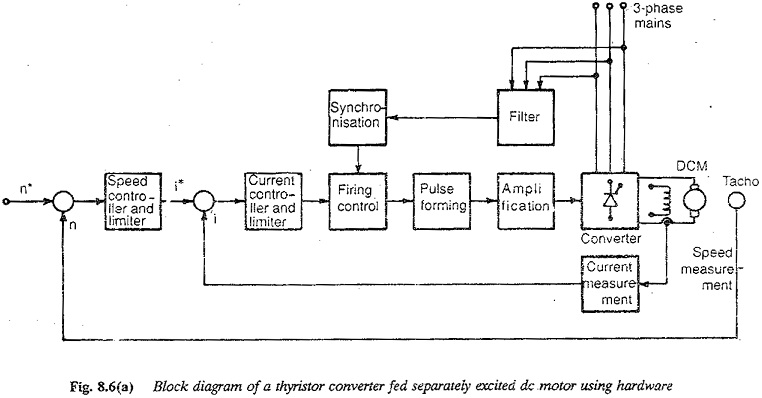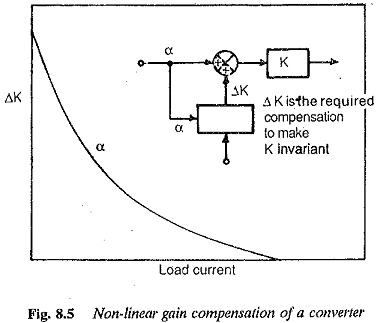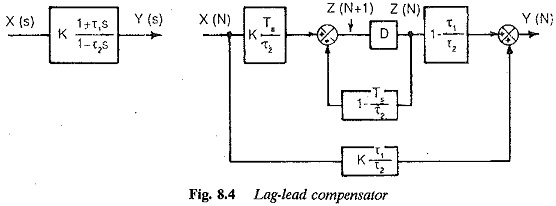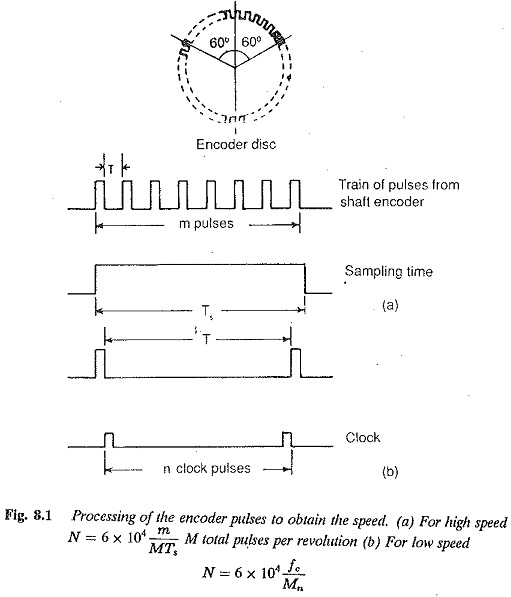Margin Angle Control of Synchronous Motors
Margin Angle Control of Synchronous Motors: The commutation Margin Angle Control of Synchronous Motors is defined as the angle measured from the end of commutation to the crossing of the phase voltage which was under…
